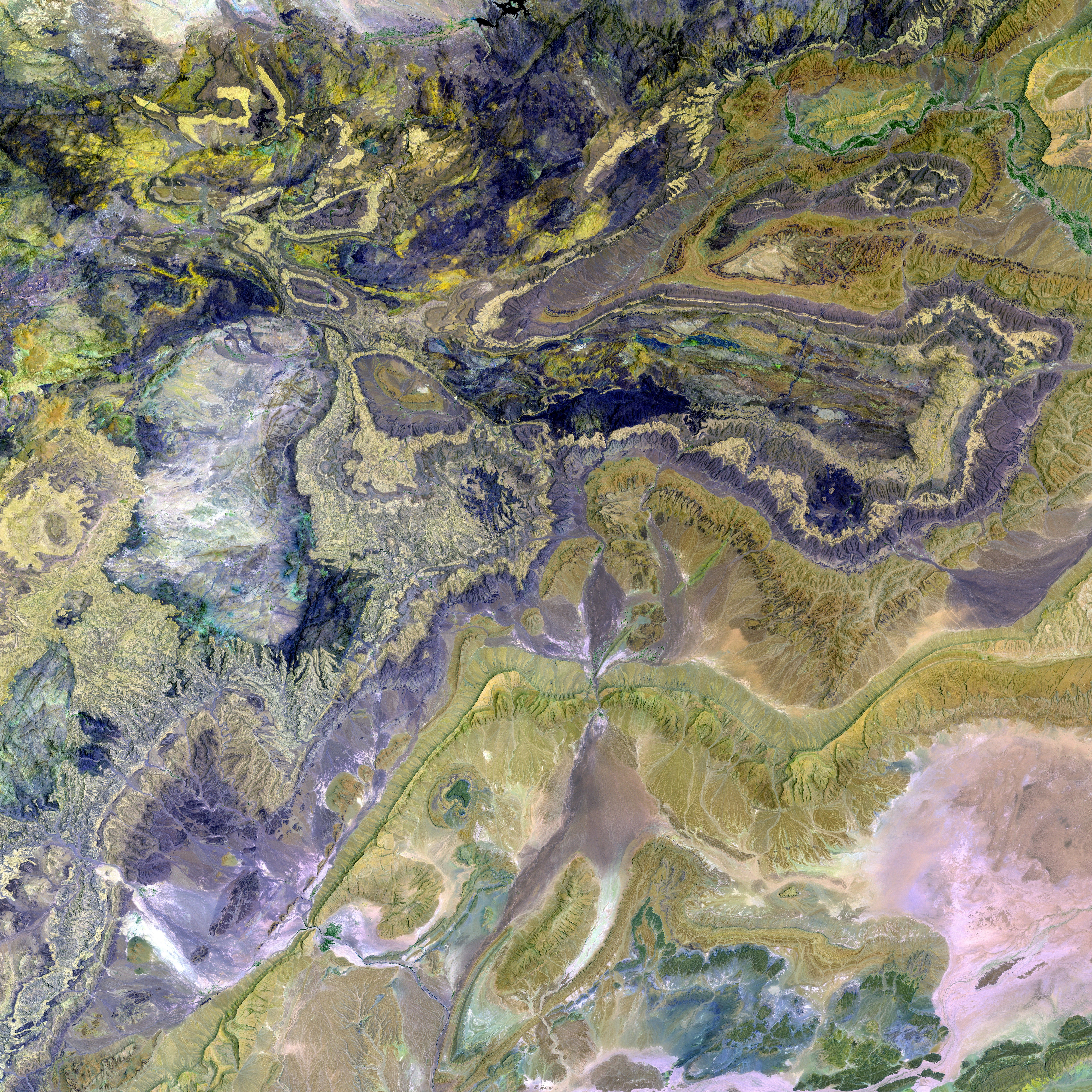Israel conducts air raids on Hezbollah sites in southern Lebanon, military proclaims, in response to rocket attacks.
In a fresh bout of hostilities, Israel's air force has launched aerial attacks on alleged Hezbollah targets in southern Lebanon, following rockets fired across the border that ignited renewed tension. This flare-up comes after a fragile truce brought a tense calm to the region, post the devastating 2023 Israel-Gaza conflict.
Israel and Hezbollah have a storied, turbulent past. After the Gaza conflict, Israel launched a firm counteroffensive, dismantling Hezbollah's Iran-sponsored militant leadership. Current skirmishes found Hezbollah striking Israeli positions, echoing their October 2023 support for Hamas attacks.
The latest escalation led Israeli forces to bomb villages in southeastern Lebanon, according to Lebanese media's reports. Israel's defensive response followed the detection of five projectiles from Lebanese territory and the interception of three crossing into Israel.
As this situation unfolds, stay tuned for updates.
Timeline of Key Events
- October 2023: Hezbollah attacked Israeli positions in Shebaa Farms in solidarity with Hamas's strikes on Israel.
- November 2023: Escalating hostilities continued between Israel and Hezballah.
- November 27, 2024: A precarious ceasefire was established between Israel and Hezbollah, with Israeli withdrawals and Hezbollah's disarmament in Southern Lebanon.
- December 2024: Despite the ceasefire, incidents persisted, like Israeli airstrikes and sporadic clashes.
- February 2025: Demining efforts in Lebanon faced obstacles due to the ongoing tension and uncertainty surrounding aid.
- March 2025: Though the ceasefire holds, the region remains volatile, with both sides persistently accusing each other of breaches and continued military preparations.
Causes of the Tensions
- Hezbollah's support for Hamas triggers significant escalations.
- Territorial disputes, particularly Shebaa Farms, continue as a contentious issue.
- Both sides are actively engaged in military operations and build-ups, fueling the tension.
Regional Impact
- Casualties and Displacement: The conflict has resulted in numerous fatalities and displacement in Lebanon, with over 4,000 deaths and more than 1.2 million displaced.
- Instability and Regime Changes: The conflict is influenced by broader regional dynamics, including power shifts and regime changes in neighboring countries.
- Humanitarian Challenges: The war creates humanitarian crises, such as demining challenges, which delay civilians' safe return to their homes.
- Regional Dynamics: The conflict affects broader regional stability, engaging other vital players like Iran and the United States, potentially dragging additional countries into the fray.
The escalation in southern Lebanon, marked by Israeli airstrikes on reported Hezbollah targets, has rekindled memories of their tumultuous past, recalling the October 2023 Hezbollah attacks on Israeli positions in the Shebaa Farms in support of Hamas. Despite the precarious ceasefire established in November 27, 2024, regional tension persists, with a series of incidents including projectile launches and Israeli defensive responses. Israel's recent bombing of villages in southeastern Lebanon, following the detection of projectiles from Lebanese territory, demonstrates the uneasy peace that continues to elude the Middle East story.







